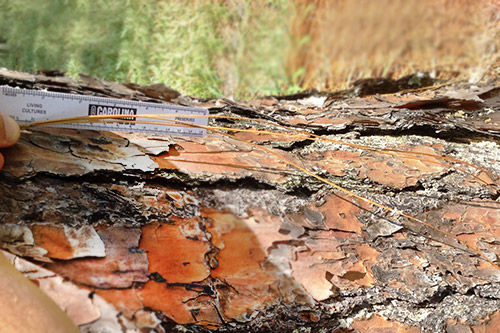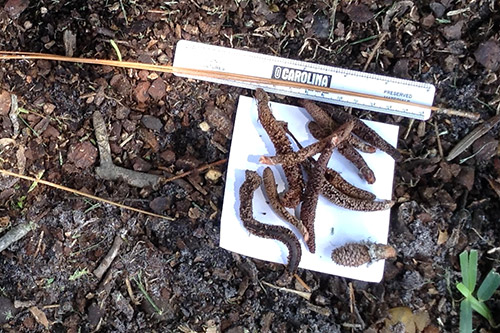Longleaf Pine
Pinus palustris
The young Longleaf Pine forms one of the most striking features of southern forests. When five to ten years of age, the single upright stem with its long, dark, shiny needles, forms a handsome plume of sparkling green; later, the sparsely-branched sapling, with its heavy twigs and gray bark, attracts immediate attention. The older trees have tall, straight trunks, often two to two and one-half feet in diameter, and open, irregular crowns, one-third to one-half the height of the tree. Occasionally, the tree reaches heights of 100 feet.
Longleaf Pine is found throughout the state, except for the southern peninsula and the Keys. Stands today reflect a history of extensive naval stores operations, logging, and fire suppression. As a result, many Longleaf Pine forests have been replaced by stands of other species.
The needles are from 10 - 17 inches long, in clusters of three, and gathered towards the ends of the thick, scaly twigs. The cones appear in early spring before the new needles.
Cones are six to ten inches long and slightly curved, the thick scales armed with small curved prickles. The cones usually fall soon after the seeds ripen, leaving their bases attached to the twigs.
The wood is heavy, hard, strong, and durable. Known as yellow pine, pitch pine, and southern pine, it is used for all kinds of construction. Naval stores, consisting of tar, pitch, and turpentine, are obtained from this tree by bleeding the trees for their sap.
Visit our Tree Campus homepage for more information.
Tree information provided with permission of the Florida Department of Agriculture and Consumer Services for more information visit https://www.fdacs.gov/.



